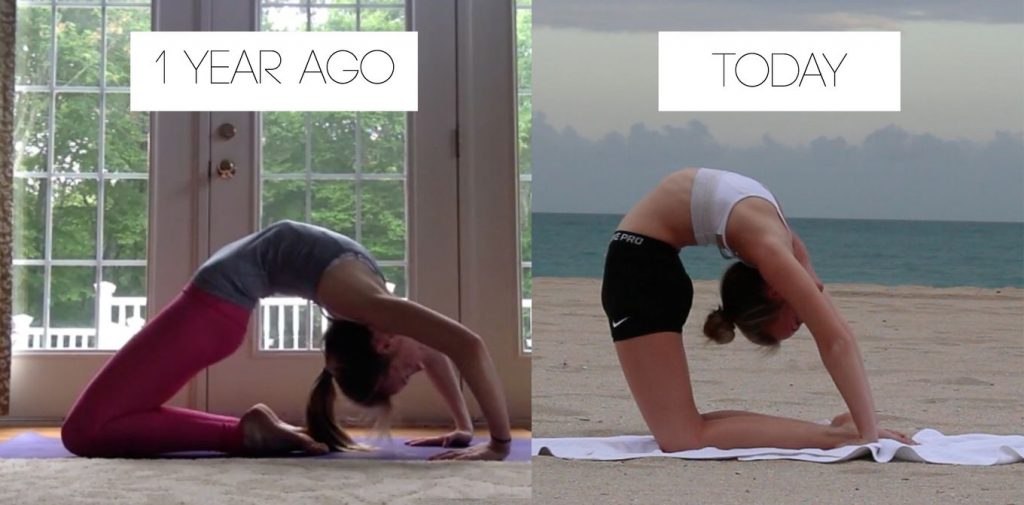How do we develop poor posture?

Simple Reasons to book yourself regular Sports Massage
June 17, 2019
Rhabdo: A Drawback of Intense Exercise
July 1, 2019
Our clients frequently
ask us:
• “Is my posture
good?”
• “How can I fix my
posture?”
• “Which exercise can fix my posture?”
Before we answer those
questions it’s worth going through the common definitions of posture:
• Posture is the
position in which our body holds itself while standing, sitting, or lying down.
• The correct
alignment of body parts supported by the right amount of muscle tension against
gravity.
• Posture is not a
position, but a dynamic pattern of reflexes, habits, and adaptive responses to
anything that resist you of being upright and functional.
• Normally, we do not
consciously maintain normal posture. Instead, certain muscles do it for us, and
we don’t even have to think about it.
According to the above
statements, if our posture is a reflex or it’s done unconsciously, then how can
we develop a bad/poor posture?
Our body adapts to our
movements. If we tend to sit or lay in a specific position our body adapts to
that position until it becomes comfortable, even if it’s an awkward position in
the beginning. A good example of that is whenever we use an above elbow cast
for 6 weeks, we expect a limited range of motion of the elbow after that. Not
because the soft tissue was damaged before that, but our body adapted to that range.

Another good example are yogis and the
movements they tend to do. It’s hard at the beginning and it seems impossible
to achieve but with time and practice our bodies enhance their range of motion
according to their needs; how does that happen? The same way, “our bodies adapt
to our movements”.

Several factors
contribute to poor posture such as stress, obesity, pregnancy, abnormally tight
muscles, and high-heeled shoes. In addition, decreased flexibility, a
poor work environment, incorrect working posture, long distance driving, and
unhealthy sitting and standing habits can also contribute to poor body
positioning.
Now, let’s answer the
questions above.
Now since you can look
at the bigger picture of developing a poor posture do you still think that a
simple exercise like pulling a rubber band or using a foam roller will fix the
issue? Don’t get me wrong, those drills might help to certain extent, but adjusting
your lifestyle is the key. There is no magic pill or exercise that will fix
posture, but changing habits and lifestyle goes a long way.
Think about the long
hours you spend behind the computer at the office, your regular long-distance
drive, or even how you sit on the couch to watch your favorite show. Those day
to day movements mold our bodies and posture according to our needs, just like
how yogis bend their back frequently until they gain that astonishing
flexibility. I know most of my colleagues discuss the proper positions of
sitting and ergonomics, but I don’t think this is enough.
The point is, there is no issue with HOW you sit but I am concerned about HOW LONG do you sit in the same position, manipulating your body to adapt to it. Moving more often and changing the position helps more than any other exercise, especially if you move in a different way than your body is used to.
Another simple example
is, imagine being behind the desk for 6-8 hrs at work. You go to the gym to
train because you need to move right? You end up on a stationary bike or
lifting weights in seated position. Yes, you trained and burnt some calories,
but you haven’t changed your regular position much. Tackle your body
differently during training. Your exercise should compensate the lack of
movement in your lifestyle.
Last point, your posture is good regardless of how bad you think it is unless you have a congenital misalignment that affects your organs function (i.e. scoliosis).
Ahmed K.
[ad_2]
Source link



